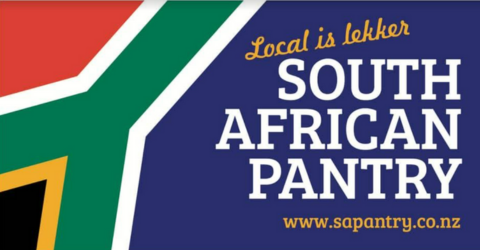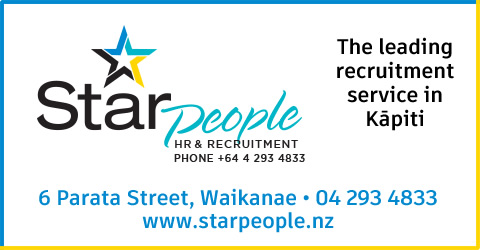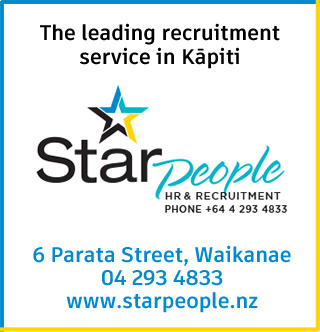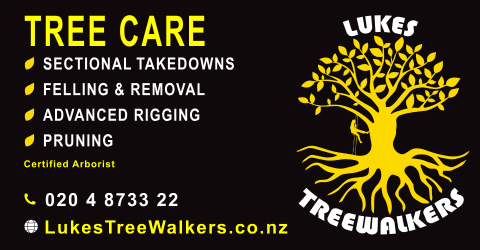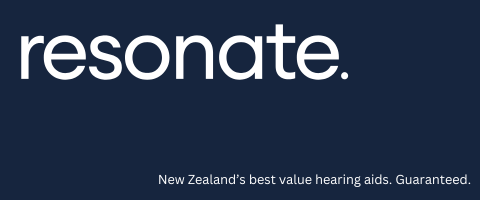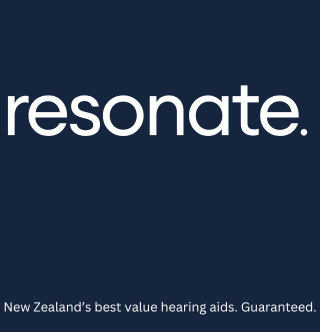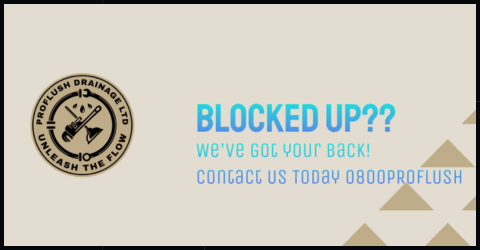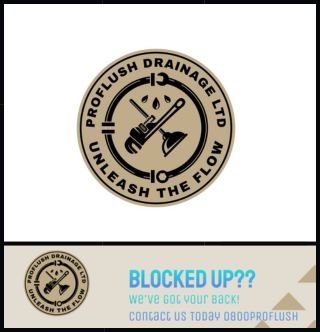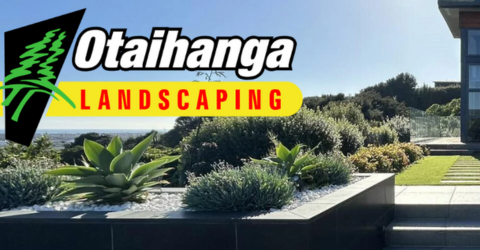Below is the submission from Kāpiti resident Jean Kahui in reference to the KCDC resource consent application for a river recharge scheme on the Waikanae River.
These objections to the Kāpiti Water Supply Project – River Recharge with Groundwater application are in relation to:
1. Waikane River has taken a battering for far too long and is now in need of care and attention if it to be a natural and healthy part of our community for generations to come. In June 2012 Kāpiti News reported the GWRC Districts Water Report considered Waikanae River “almost always suitable for swimming… but toxic algae is common when it’s warm and dry and the river flows are low”.
Here in Waikanae we consider the ‘warm and dry’ part of the year to be summer and warm and dry times of the year are when most residents want to swim in the river. Toxic Algal Blooms are dangerous and as stated on the GWRC website are a potential threat to people and animals if present in drinking water or if people and animals come into contact with the water during recreational activities. The occurrence of mats or algal blooms is a natural phenomenon but human activities, such as taking water from rivers or adding nutrients to waterways, can make things worse. If granted this application will see more river water taken from the Waikanae River and large amounts of nutrients – already identified in the bore water- added to the river.
The Technical Advisory Group to the Kāpiti Water Supply Project reported “Convincing authorities, special interest groups and the public that bore water effects will not adversely affect the river is a challenge that the council should not underestimate.” TAG’s sept 2012 report also states, of the tests carried out by NIWA with KCDC in 2012 “some of the results are inconclusive and others do show changes in the ecosystem with introduction of bore water.”
A project of this magnitude should have robust test results behind it and not be reliant on the ability to ‘convince’. The test results that do show changes in the ecosystem with the introduction of bore water are a red flag to those concerned with the health of our rivers ecosystem and the health of our community.
2. Reinjection or ‘aquifer injection’ as it is termed in 31997 of the Kāpiti Water Supply Project application is a very recent and unplanned addition to the river recharge scheme. It seems to have been added to the application as a response to identification of saline in at least one of the KCDC wells.
The Technical Advisory Group reported as at 23 July 2012 consent for reinjection was not being considered. Then reported as at Sept 2012 they had been advised by KCDC that
modelling on reinjection “has been done” and reinjection will be included in the consent application. They also reported “TAG has not seen the reinjection modelling work and cannot comment on it. TAG has also not seen any plans for reinjection tests…”
2
I object to KCDC’s application31997: Discharge permit to discharge up to a maximum of 10,000m3/day of water from the Waikanae River into the Waikanae aquifer through bores within the Waikanae borefield (aquifer injection) to mitigate potential adverse effects associated with abstraction from the Waikanae borefield on the grounds that reinjection as a response to saltwater intrusion, or the threat of it, has not been tested and no information has been made available to the projects own Technical Advisory Group to consider, let alone the public. Saltwater intrusion is a consequence of the over-use of coastal groundwater resources and can be avoided by retaining a balance between water pumped from the aquifer and water recharging it. To give consent for 31997 would be giving KCDC clear permission to overuse Waikanae’s ground water resources.
3. As a Waikanae community member who has attended workshops, discussion groups and meetings in relation to water supply and preferred options over the last six years, I can state that at no time has our community supported this option for water supply. Our community have continuously elected to build a water storage system in the hills and that has become known as ‘the damn dam’. Data collected by KCDC confirms this again and again and even the telephone poll conducted on behalf of KCDC showed the dam being our community’s preferred option into the future.
It was with some hope that I read the GWRC website post of 13 Dec 2012:
“More say for community in regional council’s freshwater plan The community is to have much greater say about water quality and allocation limits in the region’s rivers, lakes and aquifers, under a plan approved by Wellington Regional Council. Councillors yesterday adopted a timetable for implementing the National Policy Statement for Freshwater Management, which will include establishing whaitua, or catchment, committees to help set and implement freshwater management policies and guidelines.”
And “Chair Fran Wilde said giving communities responsibility for their catchments was the cornerstone of the new approach to freshwater management.”
It has become obvious that a change in the KCDC elected council is the only option our community has left to move water supply away from unprecedented use of ground and river water resources and the above mentioned ‘more say for community’ cannot come soon enough. I object to GWRC granting KCDC consent to further develop and enlarge this Kāpiti Water Supply Project when the community has clearly demonstrated our lack of consent and an overwhelming preference to build the damn dam.
Therefore, I respectfully ask that consent is not given at this time to expand and develop further, the Kāpiti Water Supply Project – River Recharge with Groundwater.
The public can email their name in support of the submission to [email protected] or leave a comment below.



